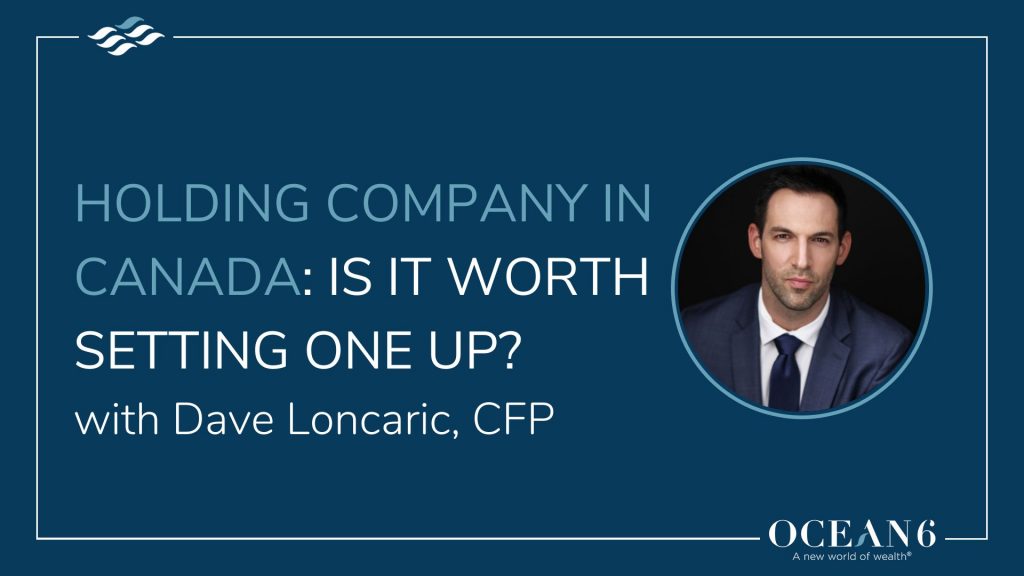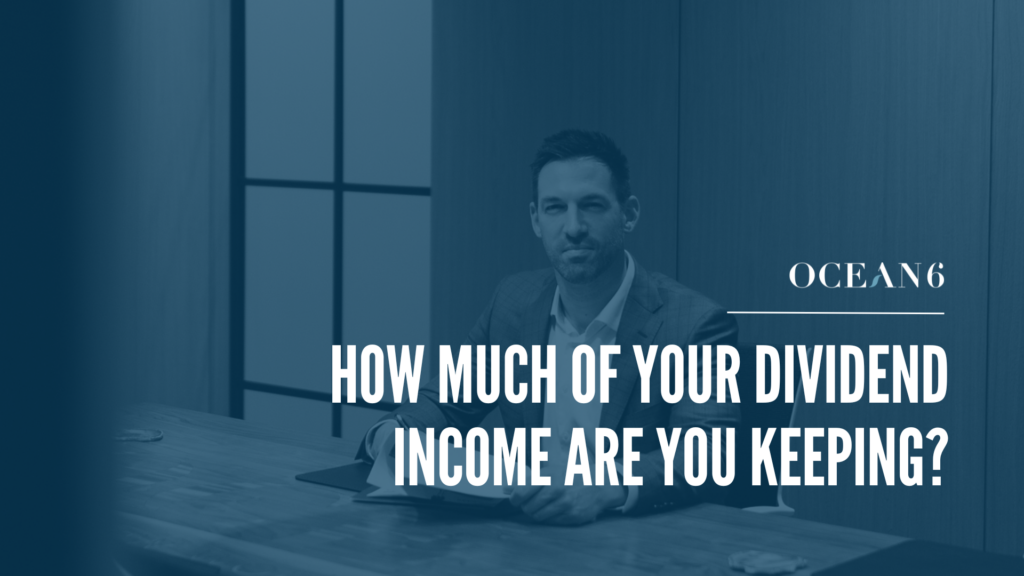As a business owner or incorporated professional, learning how to efficiently manage your cash flow is an important stepping stone to getting clarity in your finances. An unclear cash flow strategy and the failure to separate your personal and business finances will result in paying thousands of dollars to the CRA unnecessarily, which then becomes a tax problem.
Here are some tips to help you manage your cash flow and decide how much money to take out of your corporation:
1. Get Crystal Clear On Your Goals
When you’re deciding how much money to take out of your corporation, you need to get clear on your goals. You need to get clear on how many expenses you can run through your corporation as well as on your own personal spending.
Goals are important because they help dictate how much money to take out of your corporation. For example, someone that is saving for retirement versus someone that intends to purchase a property. Over the next couple of years, each person will have a different strategy on how much to withdraw from their corporate account. So being crystal clear on the goals is key.
2. Run All Allowable Expenses Through Your Corporation
We encourage you to run all expenses that you can through your corporation and to ask for help from your accountant with identifying which expenses are allowable.
In British Columbia, for example, corporations are taxed at 11%, which is significantly lower than what most individuals pay on their personal income taxes. Consider running any expenses you can inside the corporation before you move the money to your personal account. In doing this, you keep yourself away from paying an extra layer of tax.
Remember, spending money in your corporation means every dollar goes further.
3. Separate Emotional And Non-Emotional Spending
How much money do you need personally for spending? This is the amount of money you will need to take from your corporation.
But remember there are two types of personal spending: emotional and non-emotional.
An example of a non-emotional expense is a mortgage payment. Nobody has a bad day and then decides to spend extra money towards paying off their mortgage. These kind of recurring household expenses are non-emotional expenses.
Emotional spending, on the other hand, is generally impulsive and can cause overspending. An example of this is having a bad day and then stopping by the mall to buy a non-essential item such as clothing (that you don’t need) to feel better.
To help to curb any emotional spending habits, we recommend identifying what truly brings you joy in life, and then establishing a budget that allows you to support your desired lifestyle.
4. Stay On Track To Achieve Your Financial Goals
We’ve spoken with many individuals who have worked hard, earned high incomes, and enjoyed success in their field and yet still feel like they are not where they want to be financially. We don’t want that to happen to you. That is why we work hard to ensure that you always stay on track to achieving your goals.
Remember, you should only take out of your corporation the minimum necessary. Every dollar you take out of your corporation means you pay an extra layer of tax to the CRA. Depending on your tax bracket, this could mean an additional 20-40%.
At Ocean 6, our goal for you is to get you organized in your cash flow so that you will win in your finances and not the CRA.
If you want to learn more about how to manage your cash flow effectively, book a call and we’d be happy to introduce you to our financial Blueprint process.












